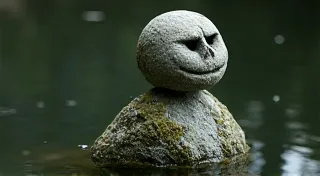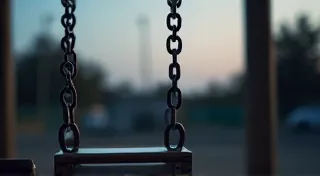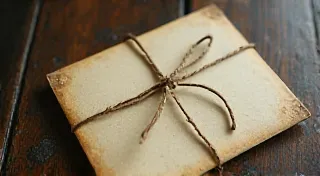There’s a romance to the antique typewriter, a tangible echo of a different era. We're so accustomed to the silent efficiency of digital word processors that the physical act of writing can feel… incomplete. It's more than just nostalgia; it’s a connection to a tangible process, a deliberate engagement with the language itself. But beyond the aesthetics – the beautiful curves of cast iron, the satisfying weight of the keys – lies something deeper: the profound influence of the sound. The clatter, the ding, the almost percussive rhythm of the keys... it doesn’t just accompany the writing; it shapes it.
My grandfather, a taciturn man of few words, owned a 1930s Underwood. As a child, I’d sneak into his study, drawn to the machine’s mysterious allure. He wouldn’t let me use it, of course. The Underwood was a tool for serious work, for crafting meticulous letters and composing brief reports. I'm certain he appreciated the sound, though he's gone now and never spoke of it directly. I remember, most vividly, the feeling of quiet reverence that filled the room with each strike of the keys – a silent understanding that a small piece of the world was being created with each impression.
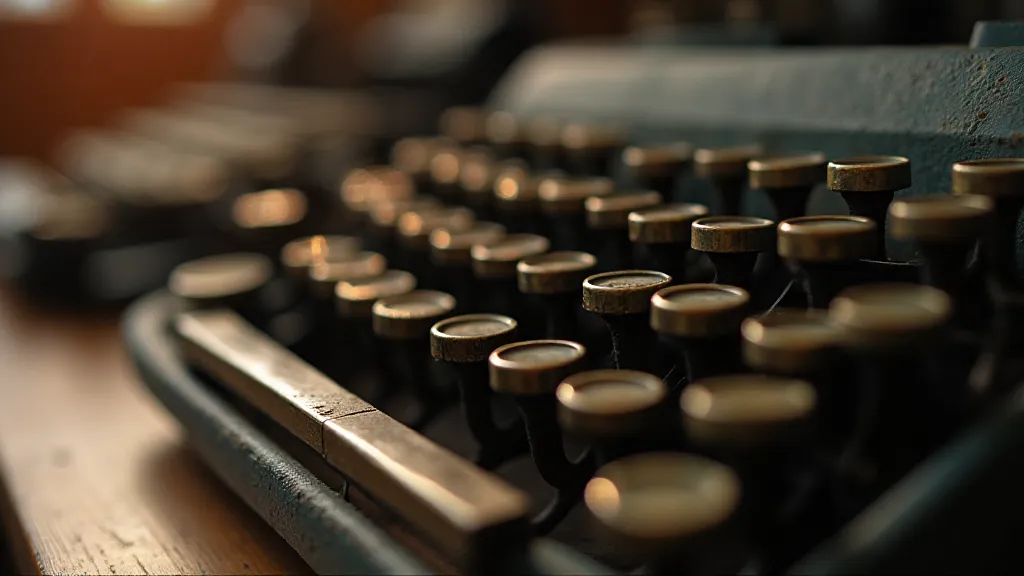
The typewriter's impact on writing extends far beyond mere aesthetics. When these machines first appeared in the late 19th century, they revolutionized communication and spurred a cultural shift. Prior to their advent, writing was largely a painstaking process – painstakingly handwritten or painstakingly typeset. The typewriter offered speed, legibility, and a level of professionalism previously unattainable. It democratized writing, opening doors for women and those less affluent to enter the world of business and journalism. The potential for unlocking forgotten narratives from these machines is particularly intriguing; some collections even seem to hold the secrets of past writers – a "manuscript's ghost," waiting to be discovered.
Consider the literary giants who embraced the typewriter: Mark Twain, Ernest Hemingway, William Faulkner, and countless others. Did the rhythm of the machine subtly influence their prose? Perhaps. Hemingway’s famously concise and declarative style, for example, might well have been fostered by the need to focus, to maintain rhythm and consistency with each key strike. The mechanical limitation – the absence of easy editing – forced a certain discipline, a commitment to clarity and precision. The lack of backspace fostered a more deliberate and thoughtful approach to constructing sentences, to finding the precise word to convey the meaning. The "undo" button of today simply didn’t exist, and the consequence was a more deliberate approach to writing.
The beauty of these machines isn’t solely in their historical significance, but also in their intricate workings. For those captivated by the mechanics, the dedication required for preserving typewriter art and restoring these mechanical marvels can be a deeply satisfying pursuit. The complexities of bringing a rusted machine back to life, ensuring each gear turns and each key strikes with precision, is a testament to the ingenuity of their creators.
The rhythmic clatter of a typewriter isn’t just background noise; it’s a sensory input that actively engages the brain. The sound can be meditative, encouraging a focused state of mind. It creates a unique feedback loop – the sound of the key striking the ribbon, the impression on the page, the visual confirmation of the words appearing – that reinforces the act of creation. This is a far cry from the silent, almost sterile process of typing on a computer.
Some writers find the sound distracting; others discover that it becomes an integral part of their writing process, a kind of metronome guiding their thoughts. The tempo of the clatter can even influence the tone of the writing. A slower, more deliberate rhythm might evoke a sense of melancholy or introspection, while a faster, more staccato rhythm could generate a feeling of urgency or excitement. The act of writing becomes an exercise in physical commitment, in engaging with the writing process in a deeply tactile way. Interestingly, many of these vintage machines are prone to certain issues, such as jamming and sticking—a phenomenon that some collectors affectionately refer to as a "frozen dialogue," and understanding how to troubleshoot those issues is key to keeping the creative flow uninterrupted.
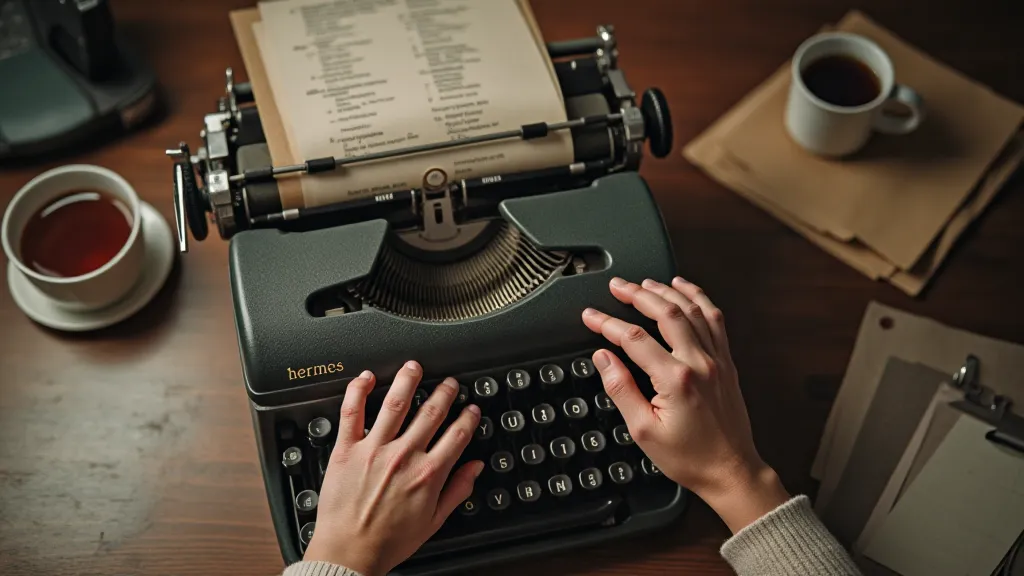
In recent years, we’re seeing a resurgence of interest in vintage typewriters, fueled not only by nostalgia but also by a growing appreciation for what’s been termed "typewriter aesthetics." This isn’t simply about collecting beautiful machines; it's about embracing the imperfections, the quirks, and the tangible character that digital writing lacks. The visible ink ribbon marks, the slight misalignment of the characters, the occasional jammed key – these aren’t flaws; they’re signs of authenticity, of a process that is inherently human.
This aesthetic extends to the writing itself. Some contemporary writers consciously mimic the constraints and limitations of the typewriter – crafting short, declarative sentences, avoiding complex punctuation, and embracing a more direct and unfiltered style. This isn’t about recreating the past; it’s about finding a renewed sense of purpose and authenticity in a world dominated by digital technology. There's a rebellion against the hyper-polished, endlessly editable prose that often characterizes online writing.
But the restoration process is more than just routine maintenance; it's a transformative experience. It requires a deep understanding of the machine’s inner workings, a patience that allows for meticulous cleaning and repair. It's a journey that often reveals the hidden stories embedded within the machine’s metal frame – a history etched in rust and wear. The process is akin to transforming rust into prose – breathing new life into a forgotten artifact and uncovering the narratives it holds.
Restoring an antique typewriter isn’t just about mechanics; it's about preserving a piece of history, a testament to the ingenuity and craftsmanship of a bygone era. Each machine tells a story – of its maker, its original owner, the countless words that flowed from its keys. The intricate mechanisms, the precision of the casting, the quality of the materials – these are all evidence of a time when things were built to last.
The process of restoration itself can be deeply rewarding, a hands-on engagement with a tangible artifact. Cleaning the cast iron, lubricating the mechanisms, replacing worn ribbons – these are acts of preservation, ensuring that these machines can continue to inspire and to create for generations to come. Even collecting them can be a wonderful hobby, a chance to delve into the history of communication and the evolution of writing technology. The expertise required to source parts and maintain these complex mechanisms is a craft in itself – a dedication to the art of typewriter parts sourcing.
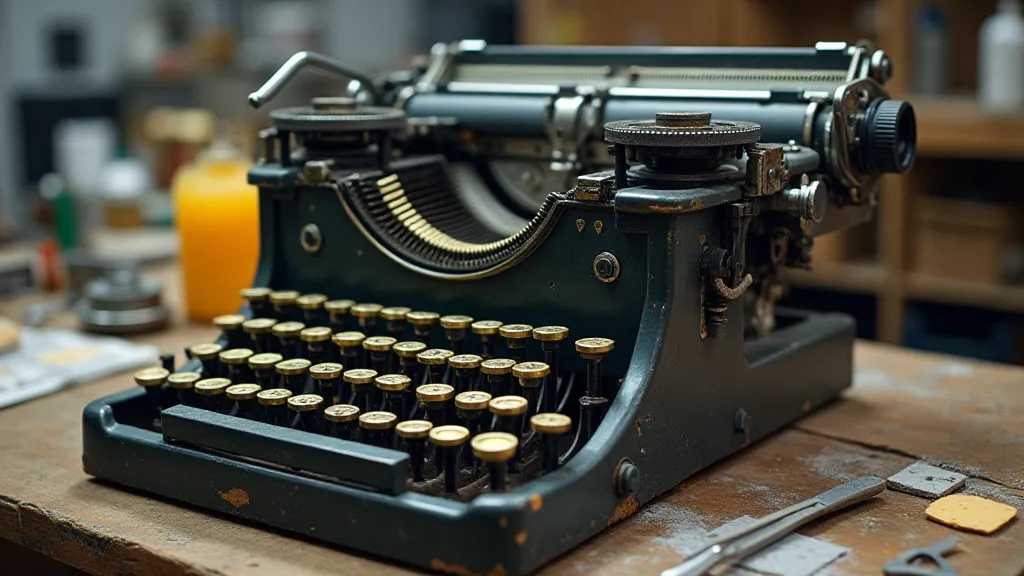
Moreover, these machines are frequently accompanied by a certain auditory signature – a complex interplay of clicks, whirs, and the satisfying clatter of keys striking the platen. Some enthusiasts go so far as to analyze and appreciate the unique sonic qualities of different typewriter models, treating them as instruments in their own right. This appreciation for the mechanical symphony is akin to studying a musical exploration of antique mechanisms. The sounds themselves can be a powerful trigger for memory and creativity, and many writers find that the tactile and auditory feedback of the machine enhances their writing process in ways that digital tools simply cannot replicate.
The increasing popularity of these machines has, predictably, fueled a burgeoning market for both fully restored models and parts. Understanding the nuances of typewriter mechanics, from the escapement to the platen, is often essential for enthusiasts keen to both keep their machines running smoothly and to share their passion with others. For those particularly intrigued by the intersection of writing, history, and mechanics, there's a surprisingly rich world to explore – a world where the click and clatter of the keys are not merely sounds, but a gateway to a deeper connection with the written word.
Beyond simply restoring them to their former glory, many collectors are embracing the beauty of imperfections – the patina of age, the faint traces of previous owners' ink, the subtle wear that tells a story of a life lived in the service of words. These imperfections are not flaws to be corrected but rather marks of authenticity—physical embodiments of the typewriter’s unique history and character.
So, the next time you encounter an antique typewriter, take a moment to listen to the cadence of its clatter. Appreciate the craftsmanship, the history, and the profound influence it has had on the written word. It is more than just a machine; it is a portal to a different time, a reminder of the tangible beauty of creation.
